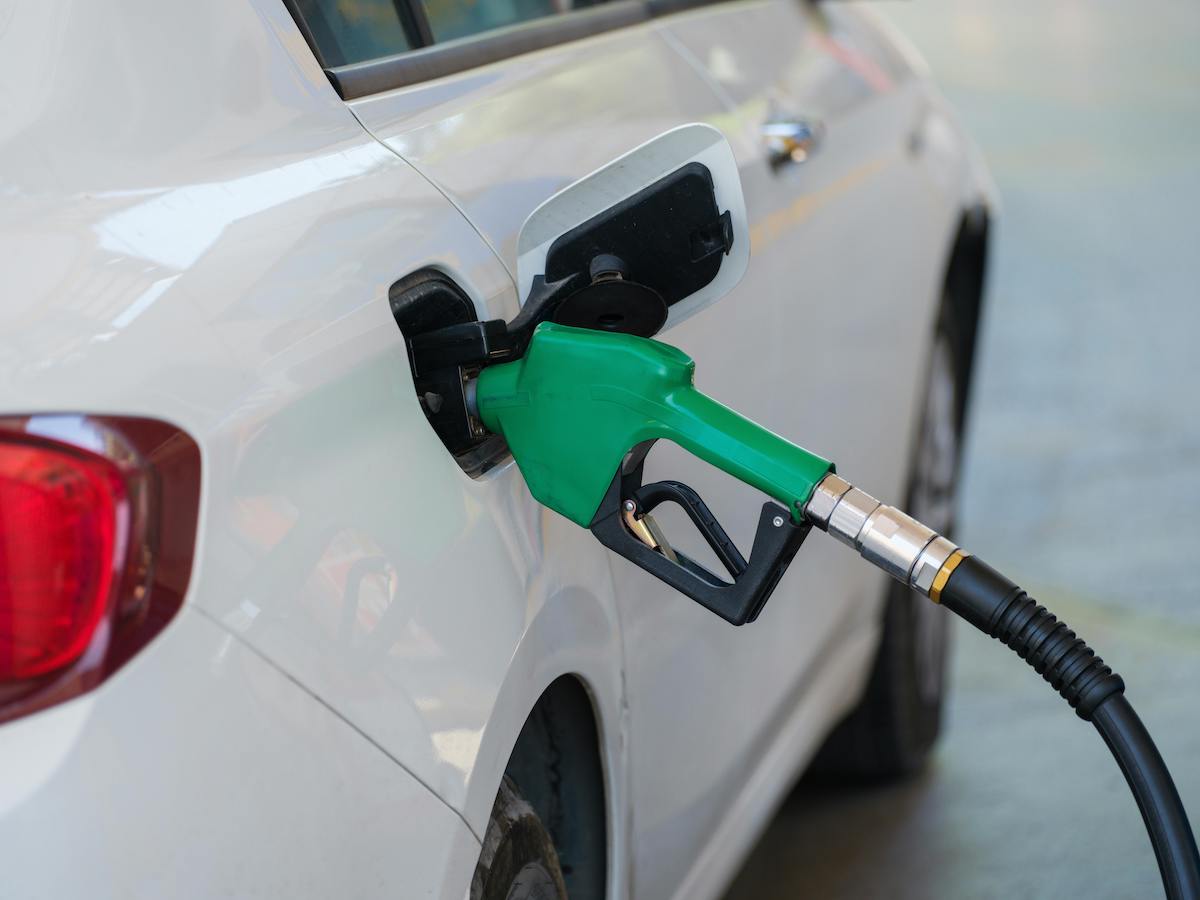In the modern era, environmental sustainability is a major concern. One of the efforts made is to use environmentally friendly fuels such as Diesel Exhaust Fluid (DEF), better known as AdBlue®. AdBlue® is a 32.5% urea solution in demineralized water used in modern diesel vehicles to reduce harmful exhaust emissions. AdBlue® plays a crucial role in modern diesel vehicles, reducing harmful nitrogen oxide (NOx) emissions effectively.
Strict environmental regulations worldwide make AdBlue® mandatory for numerous heavy vehicles and industrial machinery to reduce emissions effectively. However, with increasing demand and the widespread use of AdBlue®, there are concerns about counterfeit products circulating in the market. These counterfeit products can be fatal to diesel engines and harm the environment. AdBlue® users, both individuals and companies, must understand genuine AdBlue® characteristics to prevent counterfeit products and ensure compliance effectively.
AdBlue® Certifications and Standards
To ensure the quality and authenticity of AdBlue®, there are several certificates and standards that this product must meet. AdBlue® must comply with the ISO 22241 standard, which includes specifications regarding chemical composition, purity, and product performance. The VDA (Verband der Automobilindustrie e.V.) certificate is also often used as a benchmark, given that this association plays a major role in overseeing the quality of AdBlue® in the European market.
Products that comply with the ISO 22241 standard must have a urea concentration of 32.5% and demineralized water of 67.5%. Genuine AdBlue® does not contain any additives or contaminants that can damage the selective catalytic reduction (SCR) system in vehicles. In addition, verified products usually come with a seal of authenticity or a mark indicating that the product has undergone testing and meets international standards.

https://www.pexels.com/photo/gas-pump-nozzle-filling-the-white-car-12377482/
Characteristics of Genuine AdBlue®
Distinguishing genuine AdBlue® from counterfeit products requires an in-depth understanding of the physical and chemical characteristics of this solution. Here are some key characteristics to look out for:
- Color and Clarity: Genuine AdBlue® has a very clear color, almost like pure water. There should be no particles or turbidity in the solution.
- Odor: Genuine AdBlue® should not have a noticeable odor. Strong or unusual odors may be an indication of contamination.
- Packaging: Genuine products are usually packaged in tightly sealed containers and come with clear labeling, including manufacturer information, batch number, and expiry date. Poor packaging or incomplete information can be a sign of counterfeit products.
- Reactivity: Genuine AdBlue® solution is not reactive to metals or other materials present in the SCR system. Counterfeit products containing contaminants may cause corrosion or damage to vehicle components.
- Chemical Purity: Genuine AdBlue® has high chemical purity, without the presence of heavy metal ions or other contaminants. The use of demineralized water in the production process is key to maintaining this purity.
Recognizing genuine AdBlue® is not only about maintaining fuel efficiency and complying with environmental regulations but also about safeguarding your investment in heavy vehicles and equipment. Counterfeit products not only fail to effectively reduce emissions but can also cause serious damage to the SCR system, ultimately increasing maintenance and repair costs.
By understanding the certificates, standards, and characteristics of genuine AdBlue®, companies, and individual users can ensure that they are using only high-quality products that support environmentally friendly and efficient operations. Stay vigilant and always ensure the authenticity of the AdBlue® you use to maintain the optimal performance and service life of your vehicle.
Read other Articles: Get to Know Euro 4, 5, and 6 Emission Standards





